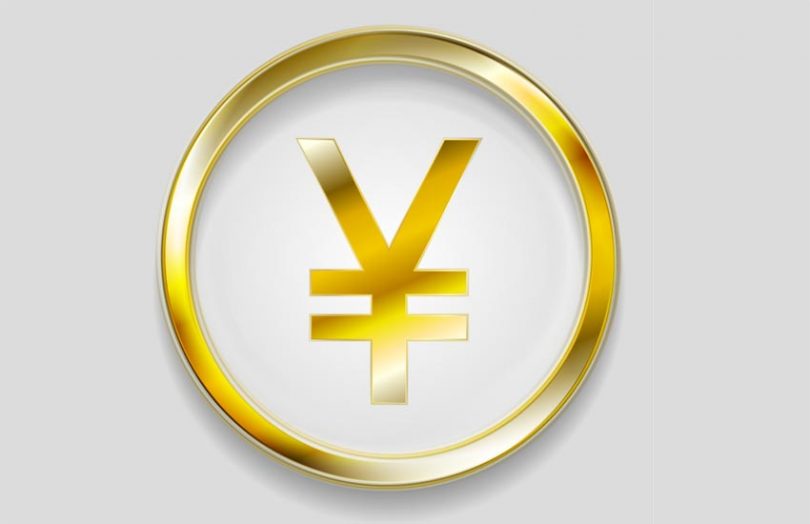In the last two days, China’s state media People’s Daily published two reports on its central bank digital currency (CBDC), also known as digital currency / electronic payment (DC/EP). One of the stories was aimed at the general public, including cartoons. Perhaps this indicates that tests might ramp up, or it may be a response to the leaked screenshots last week.
The more interesting piece was a widely syndicated analytical article that explains that the renminbi will be used internationally for trade. It explicitly states it will “have a strong impact on dollar hegemony”.
Like cash, the digital yuan cannot be refused as payment, and it borrows features from the blockchain.
Another highlight is a reference to using the digital currency for subsidies during the “post-epidemic economic recovery period”. Either it anticipates the recovery period being a long one, or the digital yuan is coming quite soon. This also, perhaps deliberately, invites a comparison with the U.S., where the Democrats wanted a digital dollar for similar purposes.
While the article was written by a researcher at the People’s Network New Media Think Tank, it carries far more weight because it’s in state-controlled media. But it’s not from the People’s Bank of China. Or not directly.
Borrowing from blockchain
It is confirmed that the core digital currency does not use blockchain but it clarifies that it shares two features. The digital yuan uses asymmetric cryptography, otherwise known as keys, as well as smart contracts. But it’s centralized for scalability.
By using this mix, it claims to be secure, have controllable anonymity and prevents counterfeiting. It also addresses the high costs of cash issuance and handling, and difficulties in tracking and fraud – more on this below.
Per the leaked screenshot, the four functions were QR code payments, remittance, receiving money and p2p payments by touching phones.
Digital Cash
As was previously announced, the digital yuan is intended as a surrogate for physical cash or the M0 money supply, although the two will coexist for some time to come. The estimate is that 30%-50% of cash will be replaced by the CBDC within two to three years.
Much like cash, the central bank will exchange the digital currency with banks and payment operators, which will then distribute the digital renminbi. That way, the People’s Bank of China keeps control over the cash.
Competing with Alipay and WeChat Pay
The state news article made a comparison with the two major wallets, Alipay and WeChat Pay. Notably, it says the DCEP is safer and reliable and “cannot be rejected by any transaction body”. That makes the roll out very ambitious, although we’re guessing there will be a phasing-in period.
It is claimed that because DCEP has controllable anonymity, it will be more private than third party payment tools. Unlike Alipay and WeChat Pay the digital currency works offline through p2p touch payments and also does not require a connection with a bank card. And because the digital yuan is like cash, there are no silos compared to Alipay and WeChat Pay, which are not interoperable. Yesterday, we explored the challenge the digital yuan will have in competing with the two wallets.
The digital renminbi is intended as a cash replacement and hence won’t offer interest. But it’s acknowledged that some may prefer to hold the digital currency instead of a bank account. While this is a major issue in other countries, the biggest banks in China are state-owned, so it should be a small risk.
Macro economic policy, COVID-19 payments and controllable anonymity
The central bank plans to use big data to analyze transactions and formulate more precise monetary policies.
During the post COVID-19 recovery period, the central bank could provide subsidies and tax refunds to households using the digital currency. That would address issues of delays in distributing the money and prevent corruption.
From a central bank perspective, a digital yuan helps with the “increasingly widespread challenges of commercial digital payment services (Alipay and WeChat Pay), and improves the central bank’s ability to uniformly supervise payment and settlement.”
Moving onto anti money laundering, counter terrorism financing and tax evasion, the digital renminbi has significant advantages because of the traceability. The controllable anonymity is clarified.
There’s a “grading” and quota for wallets. If a user uploads an ID card or a bank card, they can hold more money in the wallet. And using big data, they expect to be able to assess the true identity. It says the purpose is to supervise efficiently, combat criminality and encourage honest trading.
Plans for renminbi to challenge dollar dominance
And finally, as we wrote about some time ago, it sets the stage for renminbi internationalization. It states: “If the renminbi can be accepted by other countries, especially the weak fiat currency countries, the digital currency will reduce transaction costs and ultimately help promote the internationalization of the renminbi.”
Others have previously noted that China’s Belt and Road Initiative has resulted in some countries being overextended to China. That could influence currency adoption for transactions but was not mentioned in the state media.
And the U.S. influence over SWIFT could backfire. Peoples’ Daily says: “At present, RMB cross-border settlement is highly dependent on the US SWIFT system, but in the context of the game between major powers and the intensified economic collision between China and the United States, there are defects such as high risks, high fees, and low efficiency.”
The IMF’s chief economist isn’t convinced digital currencies will impact the dollar’s dominance. But the People’s Daily article stated otherwise continuing from the SWIFT point: “If we can use this to establish a trust mechanism supported by technology and restructure the payment system, it will have a strong impact on dollar hegemony.”






